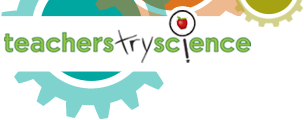|
Backyard Ecosystem jun 08 2011 |
 Source: NYSCI
|
Tab Wrapper
Original Resources
Contributed Resources
Contribute a Resource
Click the button above if you would like to contribute a resource to this lesson.
NSTA Standards
Standard Type: National
NSTA STANDARDS
Abilities Necessary to Do Scientific Inquiry
- Use Appropriate Tools and Techniques to Gather, Analyze, and Interpret Data.
- Think Critically and Logically to Make the Relationships Between Evidence and Explanations
Regulation And Behavior
- All organisms must be able to obtain and use resources, grow, reproduce, and maintain stable internal conditions while living in a constantly changing external environment.
Populations And Ecosystems
- A population consists of all individuals of a species that occur together at a given place and time. All populations living together and the physical factors with which they interact compose an ecosystem.
- For ecosystems, the major source of energy is sunlight. Energy entering ecosystems as sunlight is transferred by producers into chemical energy through photosynthesis. That energy then passes from organism to organism in food webs.
- The number of organisms an ecosystem can support depends on the resources available and abiotic factors, such as quantity of light and water, range of temperatures, and soil composition. Given adequate biotic and abiotic resources and no disease or predators, populations (including humans) increase at rapid rates. Lack of resources and other factors, such as predation and climate, limit the growth of populations in specific niches in the ecosystem.
(8 votos)






